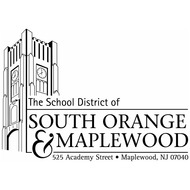
(View Complete Item Description)
While food waste is not typically seen as contributing to greenhouse gas emissions, it is a major contributor. Reducing food waste is the 3rd most beneficial drawdown solution. Wasted food, and the resources to produce that food, are responsible for approximately 8% of global greenhouse gas emissions. When individuals and groups reduce food waste, it has a huge impact on reducing greenhouse gas emissions. Food waste awareness is applicable to every person and community. In this storyline, students conduct a “food waste audit”. Each participating class of students collects, sorts and measures their food waste for one day at lunch. Students discuss the local and global causes and effects of food waste in the environment. Students will also learn the cultural connections around food waste from experts or elders from the local Indian tribe and inquire how different agencies in the community deal with food waste (e.g, grocery store, food bank, city). Suggestion for how students can present their findings and create an action plan are also included.
Material Type:
Unit of Study
Author:
Pacific Education Institute




















